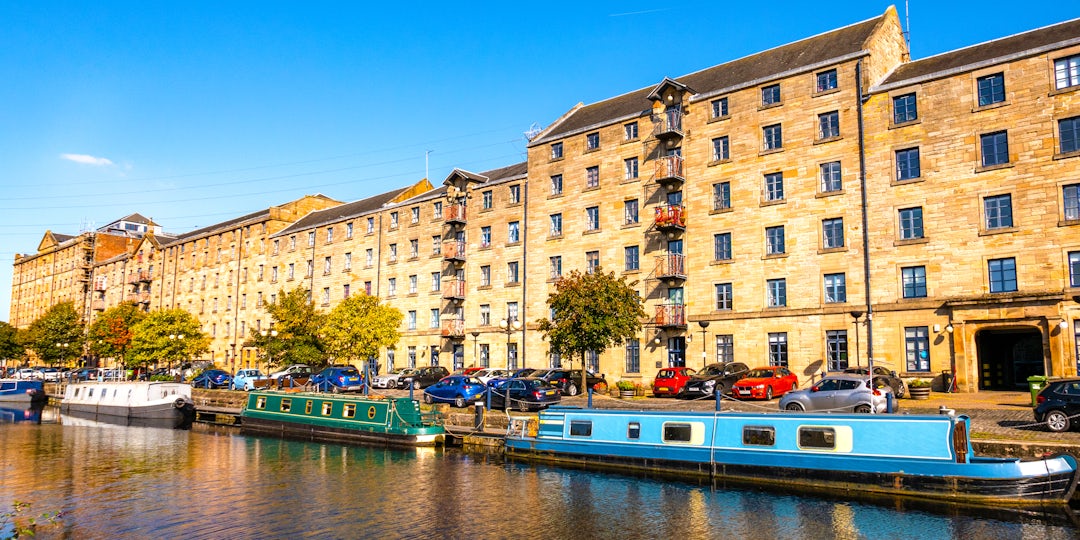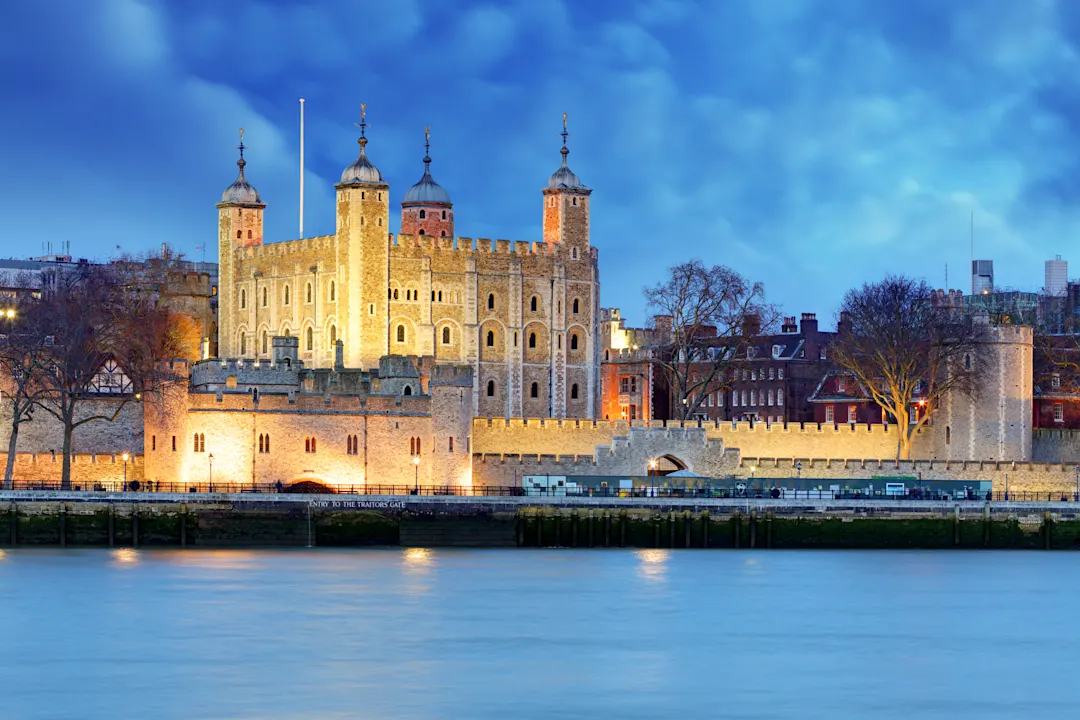


Traditional English Dishes and specialties
Immerse yourself in the traditions of England in a hearty way
Plan your Trip
Your tailor-made itinerary – No cost, no commitment
Excellent
4.5 of 5
4,542Reviews
Excellent
What is Typical English Food?
English cuisine may not have the best reputation, but even here there are some dishes that rightly have a loyal following. Specialties from England are usually hearty and filling, while the desserts are perfect for tea time.

Marvin Luczynski
Travel Expert for England
Updated on 05/21/2025
Plan for free
Custom holiday packages and trips that fit your budget
Personalized for you
Itineraries built exactly to your needs
Private VIP guides
A personal English-speaking, native-European travel expert for every step
Peace-of-mind support
Full service assistance before, during, and after your trip
Which specialties should you try in England?

One of the most iconic foods from England is fish and chips. This classic dish—crispy, battered fish served with thick-cut fries—is a staple of British fast food, but you’ll also find elevated versions in upscale restaurants.Cod is the most commonly used fish, though haddock, pollock, whiting, and plaice are also popular options. Traditional sides vary by region and might include mushy peas, pickled onions, gherkins, baked beans, or even a splash of gravy.

The Full English is the typical English breakfast menu. Especially on special days, the plate is filled to the brim with bacon, sausages, fried eggs, baked beans, mushrooms, toast and often tomatoes or black pudding . This is how British workers have started the day for centuries, and over the course of time, each region has developed its own version of the Full English.
If the whole thing is too hearty for you as the first meal of the day, you will also find many restaurants and cafés that offer the Full English all day.

The local version of the good old Sunday roast is also one of the most important specialties of English cuisine. The dish, which has its origins in 18th century Yorkshire, can be served with different types of meat .
Horseradish or mustard go well with roast beef. Pork is often served as a rind with sage and onion stuffing and apple sauce or mustard. Lamb is often combined with a mint sauce, while chicken is served with sausages rolled in bacon. Other possible side dishes include stewed potatoes, carrots or peas.

Many English dishes use Yorkshire pudding as a base or side dish, including Toad in the Hole. For this, sausages, sometimes with steamed onion rings, are placed in a Yorkshire pudding-like egg batter and baked in the oven.
They are served with side dishes such as mashed potatoes, steamed peas, mustard or gravy. If desired, the sausages can also be replaced with other meats. The dish first appeared in cookbooks in the 18th century and was originally used to prolong meat supplies.

In England, a Scotch egg is a popular snack you’ll find in pubs, at picnics, or even in grocery stores. Despite the name, Scotch eggs actually originated in England—not Scotland.
They’re made by wrapping a hard-boiled egg in seasoned sausage meat, coating it in breadcrumbs, and deep-frying it until golden and crispy. Scotch eggs can be enjoyed hot or cold, making them a versatile bite for any time of day.

When it comes to English dishes, hearty pies such as shepherd's pie are a must. The bottom layer consists of minced lamb, which is usually sautéed in a pan with finely diced onions, while the top layer consists of mashed or very finely grated potatoes.
Optionally, a thin layer of cheese is added, then it goes into the oven. A closely related dish is cottage pie, which is made with beef.

Beef Wellington allegedly owes its name to the British military leader Arthur Wellesley, 1st Duke of Wellington. For Beef Wellington, fillet of beef is wrapped in pâté, a finely chopped mushroom mixture, Parma ham and puff pastry.
It is traditionally served with a demi-glace and braised salsify, but Madeira or truffle sauces are also popular. This festive dish is often served on public holidays. A popular variation uses salmon instead of beef and vegetarian versions can also be found in some cookbooks.

Scones are clearly one of the most important desserts in England. They are a welcome accompaniment to afternoon tea time. The scones are usually eaten warm with butter, jam or honey, and usually with clotted cream with tea.
There is disagreement as to whether the jam or clotted cream should go on the scone first, but in England it is usually said: Jam first. In addition to the classic scones, there are also varieties with raisins, cheese or dates added.

Black pudding is the typical British version of black pudding. The main ingredients are pig's blood and oatmeal, with several spices added to give it its distinctive taste.
The dish was already widespread in the Middle Ages and later became known all over the world thanks to English immigrants. You can eat black pudding in many different ways: cold or warm, on its own or as part of a Full English Breakfast, grilled or even deep-fried in batter.

Lancashire hotpot is a tasty stew named after its northern English homeland. As Lancashire hotpot is easy to prepare in a pot and can be left simmering on the stove all day, it became known in the 19th century primarily as a dish for the working classes.
Today, the recipe usually includes lamb, onions and potato slices, but sometimes Lancashire hotpot is also served with red cabbage. Some old recipes include kidneys or oysters, but these variations are rather rare today.








































































































































